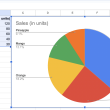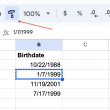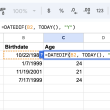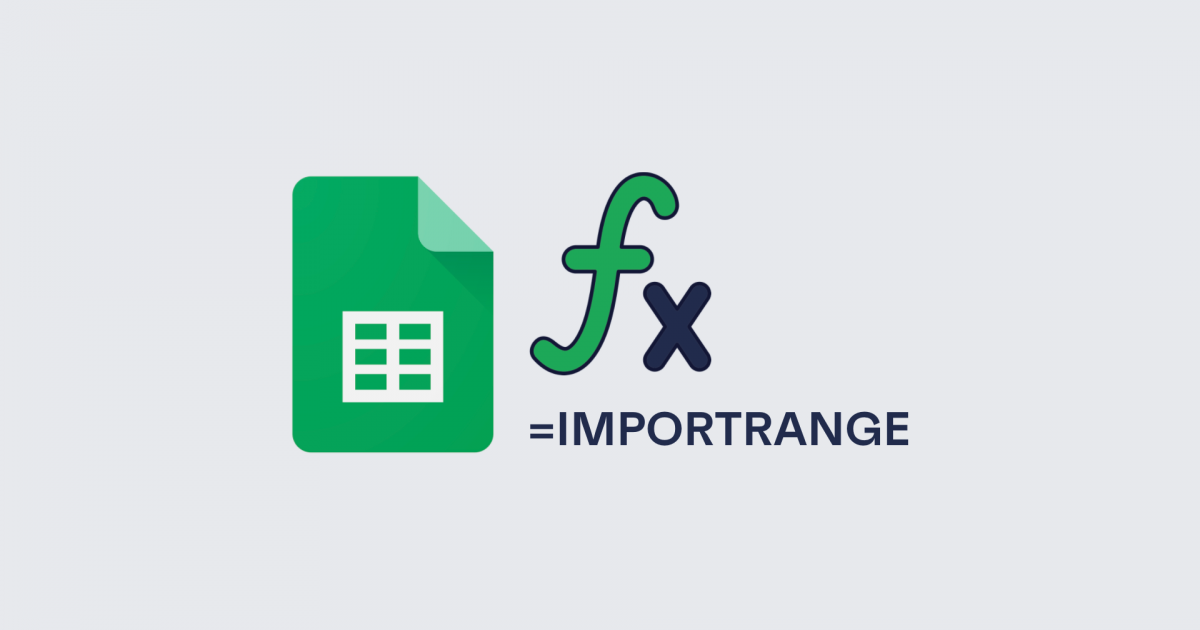IMPORTRANGE is a Google Sheets function that enables users to import a range of cell data from one spreadsheet into another. It allows you to copy cells from multiple documents into one another while ensuring that the data always stays up-to-date. IMPORTRANGE eliminates the need to manually input or copy data from one spreadsheet to another, saving tons of time and energy. To use IMPORTRANGE, you’ll need to first authorize access for both spreadsheets, allowing IMPORTRANGE to pull information from the source document. Once access is granted, you’ll be able to specify what data should be imported and where it should be placed in the target spreadsheet.
Features of the IMPORTRANGE function
Google Sheets’ IMPORTRANGE tool is an invaluable resource for quickly and easily moving data from one spreadsheet to another. Providing multiple ways to get information into the same document, it’s perfect for a variety of data transferral tasks such as collating specific data for general reporting, comparing older data to newer insights, and retrieving dynamic information in real-time so that your work stays up-to-date.
It can also simplify complex operations by allowing multiple, large datasets to be moved into a single file – perfect if you need to share information securely with somebody else. On the other hand, however, its more limited functions mean that it might not be suitable for multiple import operations across different files – for that insistence on using Google Sheets’ robust range of formulas and apps. It’ll certainly take longer than a simple one-time import but with the right planning and practices in place, you’ll still be able to streamline your workflow in a secure environment. Overall, IMPORTRANGE really is great solution for one-off imports – just make sure that you know when more advanced options are needed too!
Syntax of IMPORTRANGE
=IMPORTRANGE(spreadsheet, range_string)
For the IMPORTRANGE function to work, it is enough to substitute only 2 values:
- Spreadsheet is the address of the table to get data from. You can just copy the URL and paste it into this place. Another option is to use only the unique table ID. Here’s where it’s located: https://docs.google.com/spreadsheets/d/1-iScpfA8uqMJBqLX3tTYjHrdA3VCKWT0D1ZSacOxoOk/. Only the URL must be enclosed in quotation marks.
- Range_string. Here you need to specify the range of cells that should be extracted from the table. Do not forget to specify the sheet from which the data will be obtained. Otherwise, the default function will take data from the main page. The range of cells should also be enclosed in quotation marks.
Important! You do not have to directly specify the parameters listed above. You can also link to cells that have this information. This approach is more convenient in editing, especially when using the function frequently.
How to Use Function IMPORTRANGE in Google Sheets?
For the IMPORTRANGE function to work, it is enough to substitute the necessary values, by observing the syntax. If you fail to achieve a result the first time, most likely you didn’t put it somewhere or installed extra quotes.
Here is an example using IMPORTRANGE:
=IMPORTRANGE(“https://docs.google.com/spreadsheets/d/1-iScpfA8uqMJBqLX3tTYjHrdA3VCKWT0D1ZSacOxoOk“,”Report!A1“), where:
- https://docs.google.com/spreadsheets/d/1-iScpfA8uqMJBqLX3tTYjHrdA3VCKWT0D1ZSacOxoOk – link to a spreadsheet with the required information;
- Report – the name of the sheet inside the table (can be omitted if your information is on the main page);
- A1 is the cell’s core with the target information, but you can specify a range of cores if you wish.
Remember! The first time you use a function on a particular table, you will need to grant access. Just click on the cell with the function and a prompt will appear in which we click on the “Allow” button.
Final Thoughts
IMPORTRANGE is an easy-to-use Google Sheets feature that allows you to move data between different pages and documents. You can master it in a couple of minutes and get up-to-date data that is updated in real-time. However, the function also has a drawback, which is a long loading time. If you have a lot of requests, they may take several minutes to load. And another drawback is that it is impossible to specify the frequency of data updates. Provided that the listed nuances are not so important for you, IMPORTRANGE will greatly expand your possibilities for working with data in Google Sheets.







